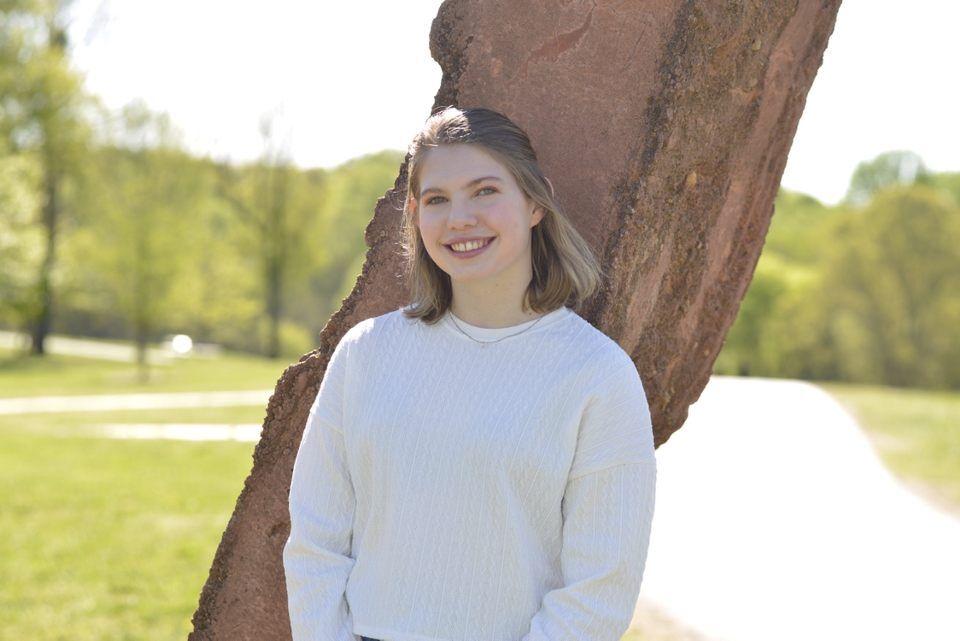At this point, we seem to have settled into the pandemic lifestyle. From more fashionable masks to nostalgic drive-in events, some of us are making lemonade out of lemons in order to embrace our new standard of living. However, there is one trend that people have been a little more keen to throw caution to the wind for: the “social bubble,” or a small group of people that you can socialize with in close proximity.
How does this work? Usually, a small group of people make a commitment to only have close physical contact with each other. In other words, they can stay in each other’s houses and not have to socially distance or wear masks. For example, you may be in a bubble or pod with your three roommates. Or, if you’re living alone, you may have an agreement with your significant other to not be in close physical contact with anyone outside of each other. Simple in theory, but increasingly difficult in execution as your bubble widens.
I have seen too many Instagram posts of a group of three, four or even 10 people crammed together in a space where they are definitely not physically distancing. “We aren’t symptomatic,” they may say. “And we haven’t seen anyone else.” Except for the friend they ate lunch with the other day, their coworkers and the people they pass by at the gym.
It’s incredibly difficult to guarantee a completely safe experience around other people. More often than not, you experience these “what-if” interactions when you may have been in contact with an asymptomatic carrier without knowing it — through a friend you shared a meal with, or a 15-minute conversation with a coworker. These small social transactions can spell trouble if you’re not careful enough, especially if you’ve made a pact with friends to immerse yourself in a social bubble.
Don’t get me wrong — it can be done correctly and in a beneficial manner. It takes an enormous amount of planning and persistence for social bubbles to work correctly, but communication, trust and plain old common sense has proven that they can be quite beneficial for those smart enough to take them seriously. That being said, the commitments to being in a social bubble are much more meticulous than people — especially students who are living on their own for the first time in their life, with extended freedoms and opportunities even during a pandemic — realize.
If you are going to participate in a social bubble, you need to lay down the groundwork for a healthy and safe lifestyle that won’t impact the other members within that pod. That means that you can’t have multiple bubbles. If you hang out with two groups of people, and one of your friends in the second group hangs out with another two groups, and so on and so forth, that’s potentially hundreds of people that could impact your health and safety. For that reason, it’s unwise to plan group gatherings on the fly without any nod to what kind of precautions you and your friends will take. If these are friends outside your social bubble, will everyone get tested beforehand? Will the event be outdoors, with ample room to spread out? How many people will be there? These safeguards may seem excessive, but they’re necessary as long as there is no COVID-19 vaccine.
Social bubbles may limit the risk of exposure to the coronavirus and allow safe social interaction, but they need to be taken more seriously than people — especially college students — seem to take them right now. Exercise trust and caution with the people in your social bubble, should you decide to make one, and be realistic. If you come into contact with someone who may be positive for COVID-19, keep yourself and others out of danger by quarantining for two weeks or until you test negative. If cases are rising in your area, it’s safest to self-isolate and not form bubbles in the meantime. Don’t throw caution to the wind and take off your mask for a quick Instagram selfie. You’ll be risking the health of yourself and others, especially within your own social bubble.














